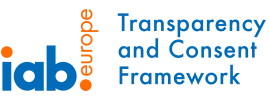Better Outcomes with Ringier Axel Springer Polska
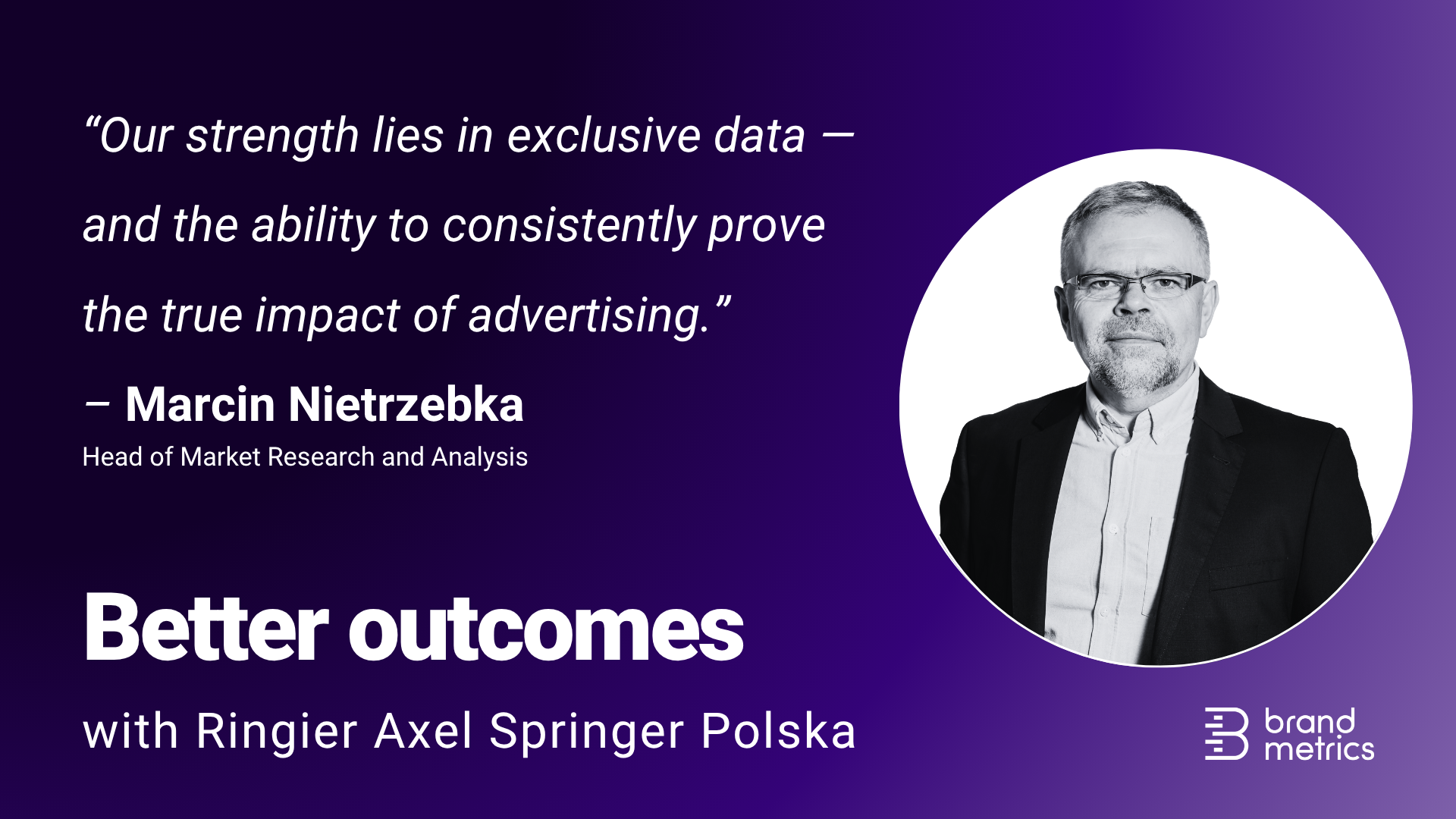
Better Outcomes is a new content series from Brand Metrics, in which we talk to our customers about outcomes data: what it currently means to them, how they are using it and also where they see the topic developing in future.
For the second edition of our Better Outcomes interview series, we spoke with Marcin Nietrzebka, who leads the Market Research and Analysis team within the sales department at Ringier Axel Springer Polska (RASP). As one of the largest digital publishers in Poland, RASP operates across news, vertical services, traditional press, books, and special editions.
Marcin shared how outcomes data underpins the organisation’s strategy and how RASP is responding to changing client expectations in a highly competitive market.
1. Personal Introductions
Marcin Nietrzebka heads market research and analysis at RASP. His team supports the sales department by delivering insights, testing new solutions, and ensuring advertisers have reliable evidence of effectiveness.
“We collect, analyse, and build our competitive advantage on outcomes data.”
2. Introducing Outcomes Data
For RASP, outcomes data is not just an add-on — it’s central to the company’s strategy.
Marcin explains that outcomes data operates on three levels:
- Market standards – fundamental data including internet usage, traffic sources, audience demographics, and effectiveness indicators such as viewability.
- Internal data – user habits, behavioural profiles, CTR, open rates, engagement, bounce rates. These improve products and also feed into client-facing reports.
- User experience data – unique data focusing on feedback, biometric testing, and brand perception metrics to help differentiate RASP in the marketplace.
“We are expanding outcomes data beyond ad server metrics and market standards, with a focus on user experience and brand perception.”
This layered approach allows RASP to deliver clear, credible arguments in favour of specific advertising solutions.
3. Industry Demand
The Polish market shows growing pressure from advertisers to prove effectiveness, often framed in ROI terms, thereby moving beyond basic campaign metrics like reach and clicks. Clients want to see direct impact on sales, but Marcin highlights a risk: focusing too narrowly on conversions ignores the brand-building role of advertising.
“For a long time, clients were surprised that a publisher like us could speak in the language of marketing goals.”
RASP has invested heavily in brand lift solutions, helping clients assess long-term brand outcomes alongside short-term performance as part of a holistic customer journey. This has been particularly valuable for branded content, where expectations have matured from “trend-driven” enthusiasm to requiring hard proof of campaign effectiveness.
4. Collecting Outcomes Data
Attention remains a key theme in the Polish market, and RASP invests in biometric techniques to measure it. These insights link directly to effectiveness, moving beyond proxy metrics.
For the past six years, RASP has partnered with Brand Metrics, measuring more than 1,200 campaigns for brand lift. This large, consistent database, even extending to much smaller campaigns, provides both benchmarks and client-specific insights.
“Optimising Attention in advertising has a direct impact on effectiveness.”
The challenge? Integration and complexity. With so much data across multiple dimensions, isolating the impact of single factors requires constant hypothesis testing and refinement.
5. Using Outcomes Data
Outcomes data informs not only client reports but also RASP’s commercial narratives and product development.
- Post-buy reports: For 60% of sales, RASP now delivers synthetic reports with KPIs, benchmarks, and AI-assisted conclusions. Clients responded enthusiastically, valuing the clarity.
- Product development: New advertising solutions are tested for Attention, then verified via brand lift before launch.
“Our competitive advantage lies in exclusive data — especially the ability to benchmark campaigns with consistent brand lift measurement.”
One standout innovation was the launch of Emotion Targeting. Inspired by a media agency, RASP piloted campaigns targeted by emotional response, validated them with brand lift, and successfully brought the product to market — winning awards at Innovation 2024 and IAB MIXX Awards 2024.
6. Looking Ahead
Marcin noted the results of research indicating over 40% of RASP’s clients intend to increase investment in brand building in online channels over the year ahead. Being able to consistently measure of these campaigns is key to securing future budgets.
Attention will also remain at the centre of Poland’s advertising debate, but Marcin sees hurdles in both technology and budgets. RASP’s focus is on finding practical ways to optimise Attention — for example through better timing, innovative targeting, and data-led product development.
“The accurate intuition that Attention is the key to advertising effectiveness still faces challenges.”
But Marcin also warned of "measurement overload": with so many metrics in play, it’s crucial for the industry to agree on a few core indicators like attention and brand uplift.
Closing Thoughts
For RASP, outcomes data is both a strategic foundation and a competitive advantage. By expanding beyond standard metrics, integrating brand lift, and investing in Attention research, the publisher is helping clients see the full value of digital advertising.

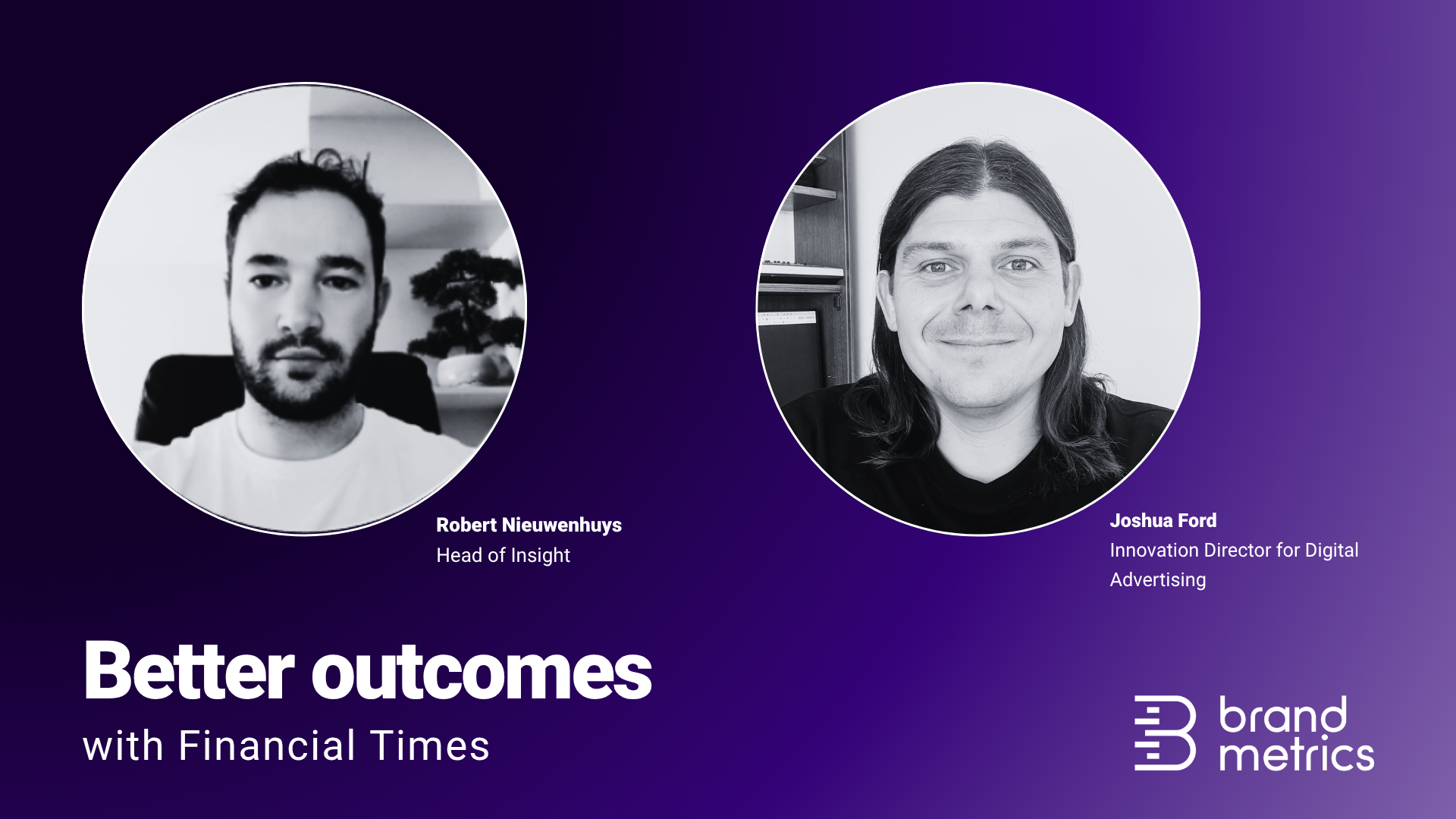
.png)
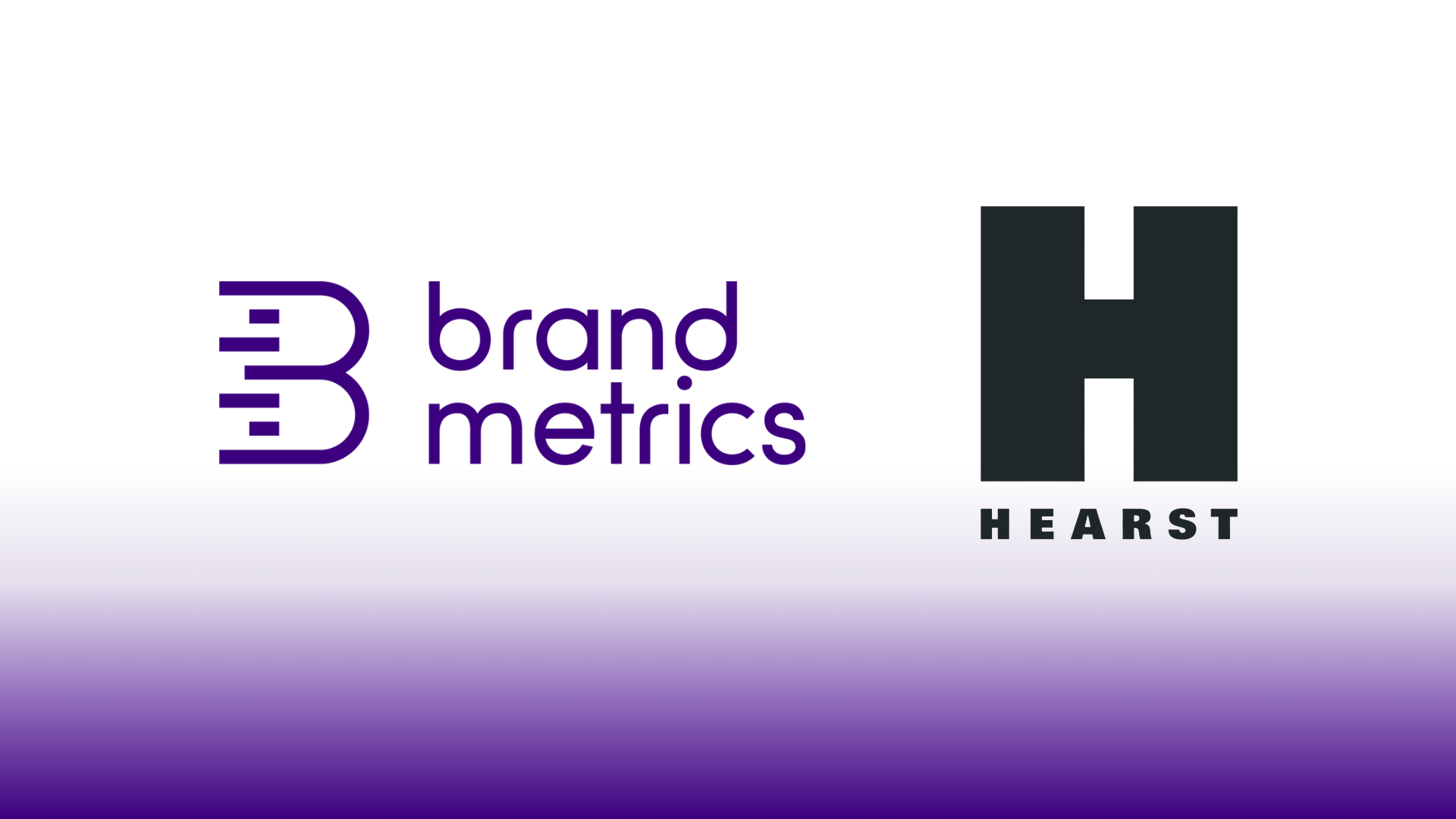
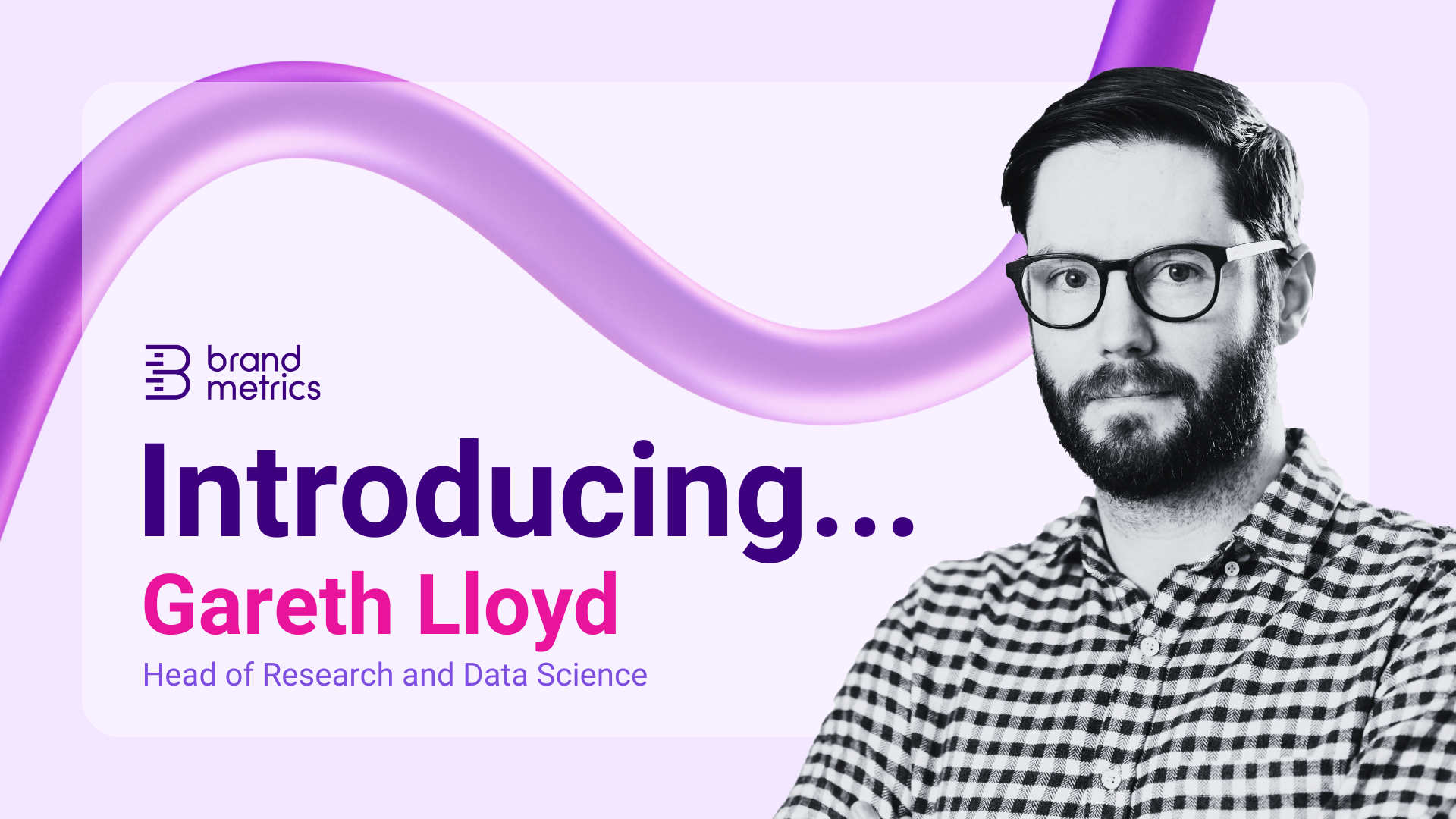
.png)
.png)
 TL (1920x1080).jpg)

